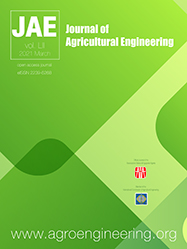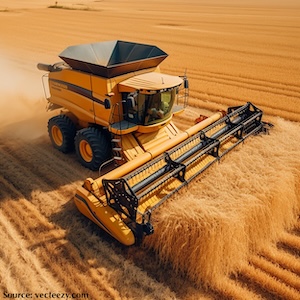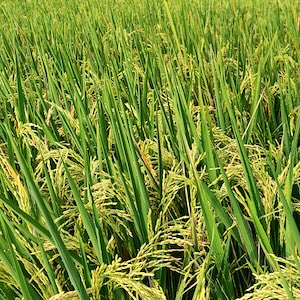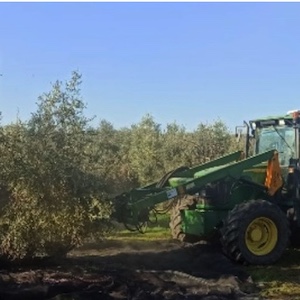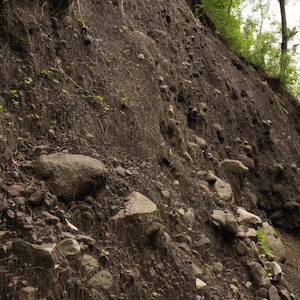Modelling of agricultural land dynamics using artificial neural networks and geospatial analysis in Melur Taluk, Tamil Nadu, India
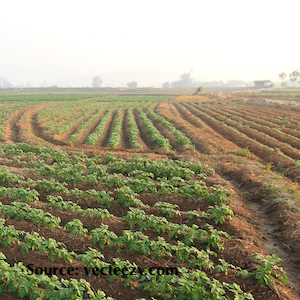
All claims expressed in this article are solely those of the authors and do not necessarily represent those of their affiliated organizations, or those of the publisher, the editors and the reviewers. Any product that may be evaluated in this article or claim that may be made by its manufacturer is not guaranteed or endorsed by the publisher.
Authors
Land is a major natural resource needed for infrastructure development, economic activity, and human livelihood. Dynamic interactions between humans and the environment led to dynamic changes in land use patterns over time. Agricultural lands are threatened by urban expansion and environmental pressures, resulting in reduced food production, biodiversity loss, and habitat degradation. Therefore, understanding the dynamics of agricultural land use is vital for planners and policymakers. This study examines Melur Taluk in Madurai district, Tamil Nadu, India, which serves as a representative case of rural transformation in India. A 30-meter spatial resolution, multispectral bands, and 12-bit radiometric resolution Landsat image was utilized to process the data. The research employed a maximum likelihood classifier (MLC) to study the main causes of agricultural land use change between 2011 and 2022. The artificial neural network (ANN) time series framework was used to study previous and future trends by evaluating historical data and forecasting patterns in socio-economic and other physical and environmental variables. This integrated ANN based modeling approach supports data driven decision making and is used for better interpretation of land transformation patterns in land use planning.
How to Cite

This work is licensed under a Creative Commons Attribution-NonCommercial 4.0 International License.

